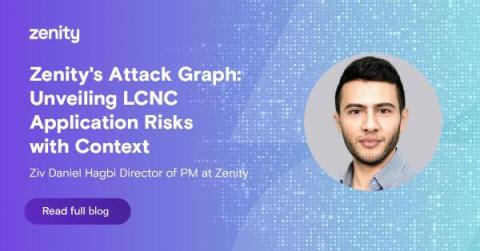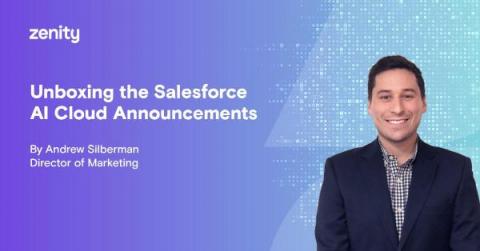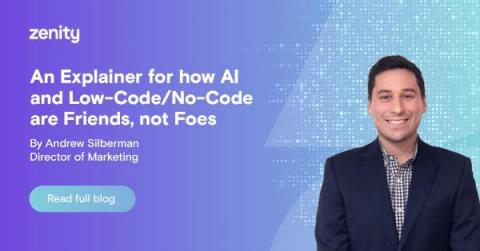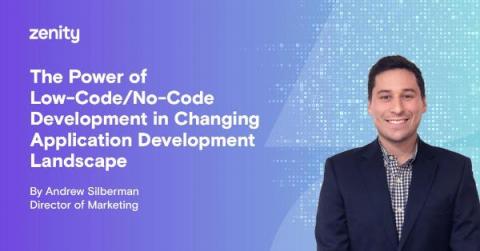Introducing the Zenity Attack Graph: Visualize Low-Code/No-Code Risk with Full Context
On paper, applications are created to be useful tools that solve specific business needs. Think of an application that tracks all ongoing projects for a product manager, an automation that triggers emails to prospective customers when they fill out a marketing form, or a flow that sends aggregated payment information to a finance manager. While all these applications are fairly straightforward, and seemingly used for singular cases, they are anything but.











